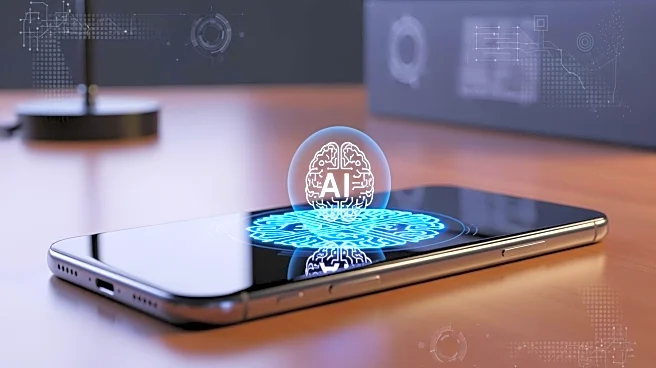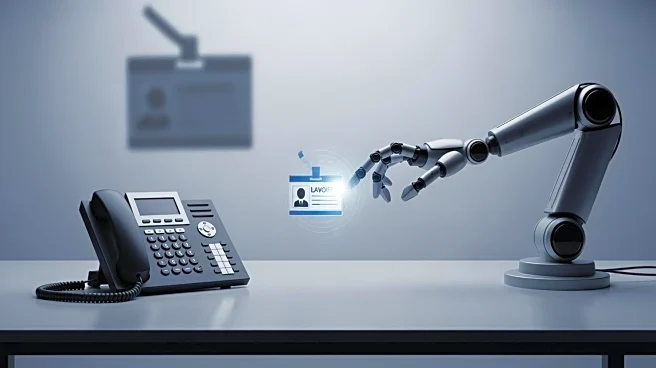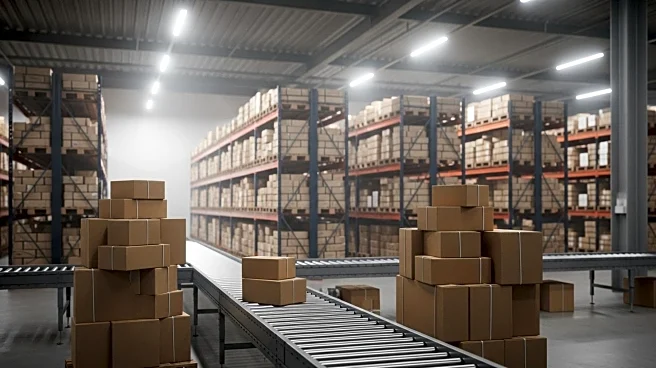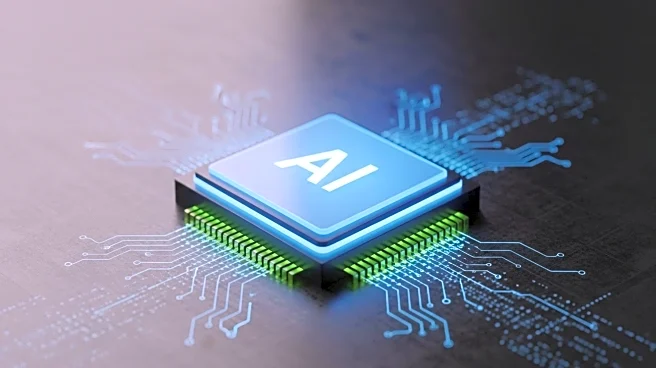What's Happening?
Uber has introduced a new pilot program allowing its U.S. drivers and couriers to earn additional income by performing microtasks designed to train AI models. These tasks include audio voice recording,
image capturing, and document submission in various languages. The initiative aims to position Uber's workforce as a competitor to established data-labeling platforms like Scale AI and Amazon's Mechanical Turks. This move is part of Uber's broader strategy to enhance its app as a platform for flexible work, with additional features such as redesigned trip offer cards and a new heatmap for drivers.
Why It's Important?
The introduction of microtasks for AI training represents a significant shift in how Uber leverages its workforce, potentially increasing income opportunities for drivers. However, it also raises questions about labor practices, as drivers are classified as independent contractors, lacking traditional employment benefits. This initiative could impact the gig economy by setting a precedent for other companies to follow suit, potentially altering the landscape of flexible work and AI model training. The success of this program may influence Uber's competitive positioning against other AI training platforms.
What's Next?
Uber's pilot program may lead to broader adoption of microtasks among its drivers if successful, potentially expanding to other regions. The company may face scrutiny over labor practices and the classification of drivers as independent contractors. Stakeholders, including labor rights groups and policymakers, may react to this development, influencing future regulations in the gig economy. Uber's continued investment in AI and digital transformation could drive further innovations in its app, enhancing the user experience for both drivers and riders.











